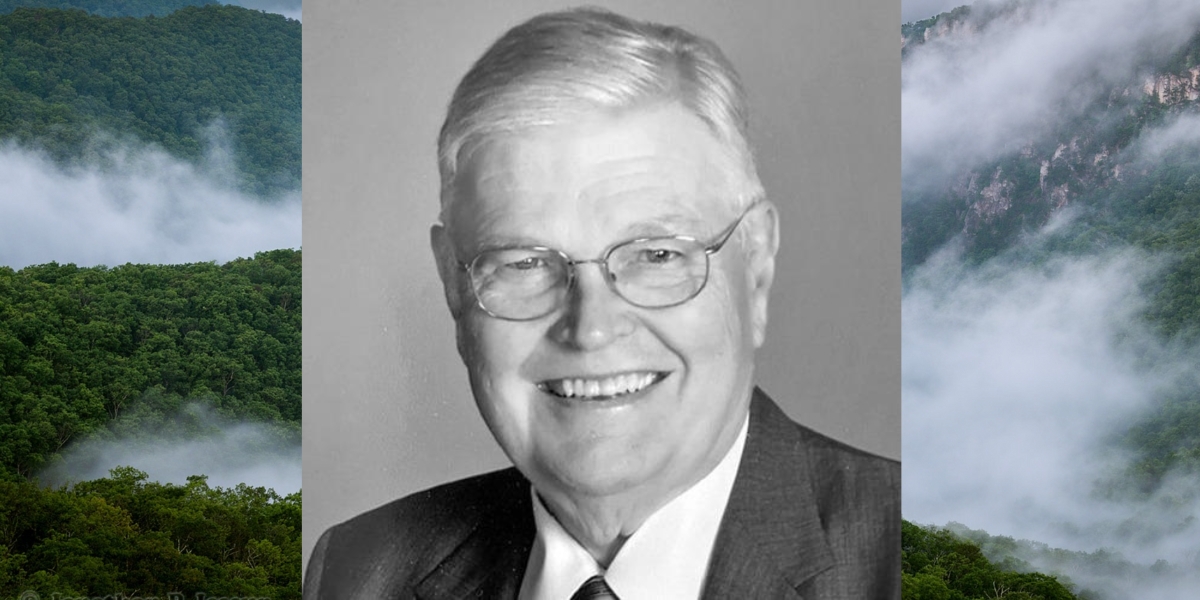By Dave Elkinton
The West Virginia Highlands Conservancy has been blessed with the talents of many activists and lawyers, but few were as critically important in the Conservancy’s early days as Jim Moorman. A public interest attorney who eventually earned a national reputation as a leader in the new field of environmental law, Moorman died on April 23, 2024, at the age of 86. His memorial service was held in Washington, DC, last month.
I met Jim in 1970 at the fall meeting of the board of the Conservancy where it considered what it should do about the announcement of the Davis Power Project, a proposal to flood the Canaan Valley for a pumped-storage power project. It was Jim who said the Conservancy should file a “petition to intervene,” a legal maneuver that would give us access to all legal filings and hearings. That suggestion, and his guidance in making that filing, gave the Conservancy “standing” that facilitated the Conservancy’s active leadership in defeating the Davis Power Plant and eventually establishing the Canaan Valley Wildlife Refuge in August 1994. Without Jim’s early leadership, the outcome could have been very different.
But that was only one of his critical efforts to save special places in West Virginia. Earlier in 1970, the Conservancy had filed a lawsuit to stop core drilling in the Otter Creek area, using the theory that the core drilling would ruin its potential as a Wilderness area (with a capital W). Jim and his close friend, the late Fred Anderson, also an active Conservancy leader and environmental lawyer in DC, wrote the brief that was eventually successful before Judge Robert Maxwell in Elkins. The core drilling would be permitted, but all equipment had to be transported into Otter Creek by mules. When little coal of market quality was found, Otter Creek was able to be designated as a federally protected Wilderness Area by the United States Congress, one of the first in the eastern US. Again, Jim’s keen legal mind was crucial in that process.
In 1970, Jim was with the Public Interest Center for Law and Social Policy in DC and frequently visited the West Virginia Highlands on weekends. Shortly thereafter, Jim became the leader of the Sierra Club Legal Defense Fund, which helped fund the Conservancy and other groups’ legal efforts to preserve the Canaan Valley. (The Sierra Club Legal Defense Fund would become EarthJustice in later years.)
With Jimmy Carter’s election in 1976, Moorman returned from California and the Sierra Club Legal Defense Fund to become Assistant Attorney General of the Lands and Natural Resources Division of the Justice Department. Following his service in government, he entered private practice and was also an active board leader in the environmental public interest community until retirement.
Author’s note: Much more of the story of Jim Moorman’s contributions to the preservation of the West Virginia mountains, as well as that of other early leaders of the Conservancy, can be found in “Fighting to Protect the Highlands: The First Forty Years of the West Virginia Highlands Conservancy,” published in 2007.

